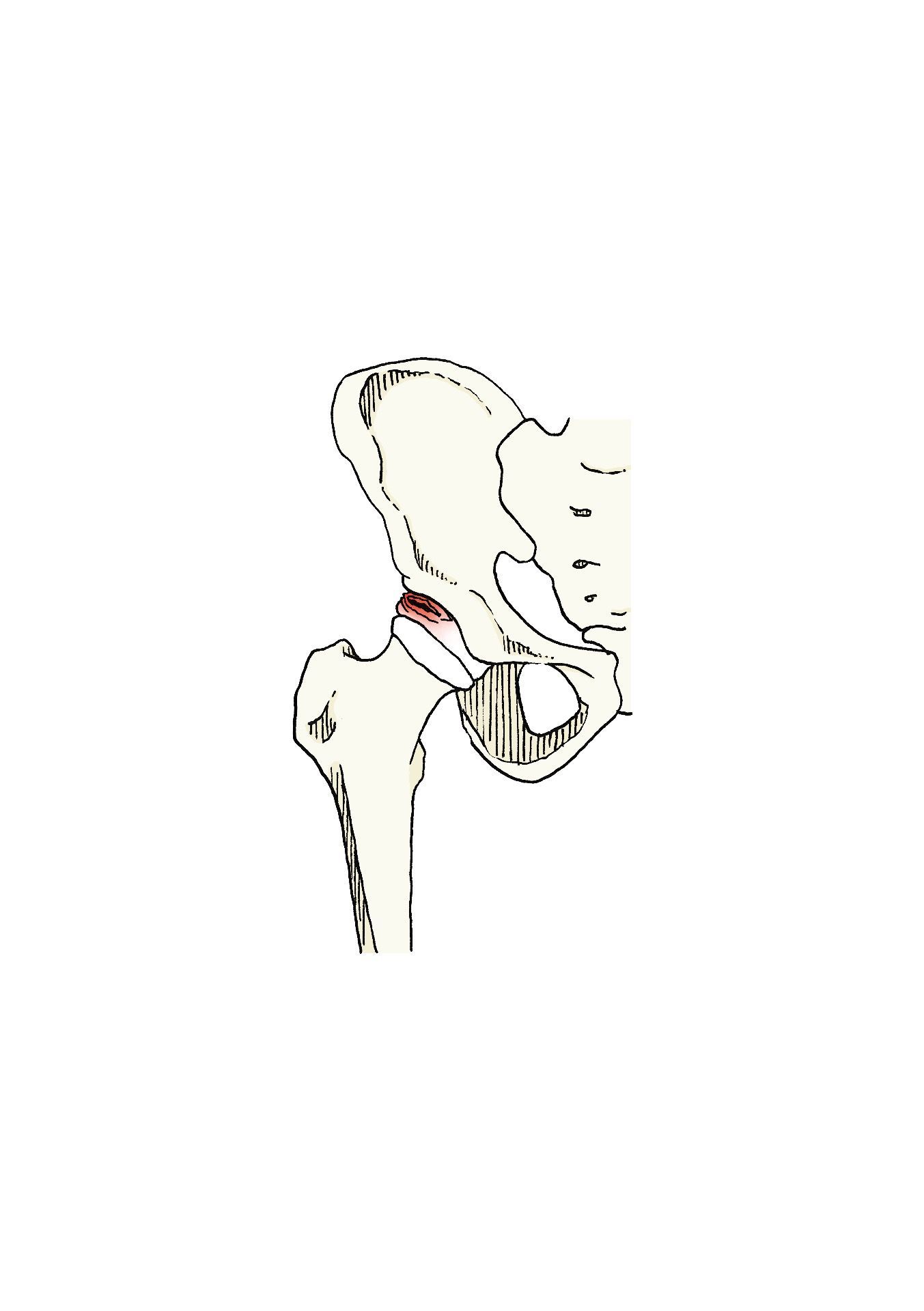The acetabular labrum is a fibrocartilaginous structure that surrounds the hip joint almost in its entirety. Its functions are to increase stability, to promote proprioception (to signal to the brain its location in space without having to look at it) and seal the joint by creating negative pressure internally.
The labrum (hip meniscus) is a highly innervated and poorly vascularized structure, which can lead to pain if there is any injury to its structure, and it is very difficult to heal per se. Normally the injury occurs due to a chronic cumulative impact and in hips with certain morphological characteristics which predispose to femoral-acetabular conflict.

